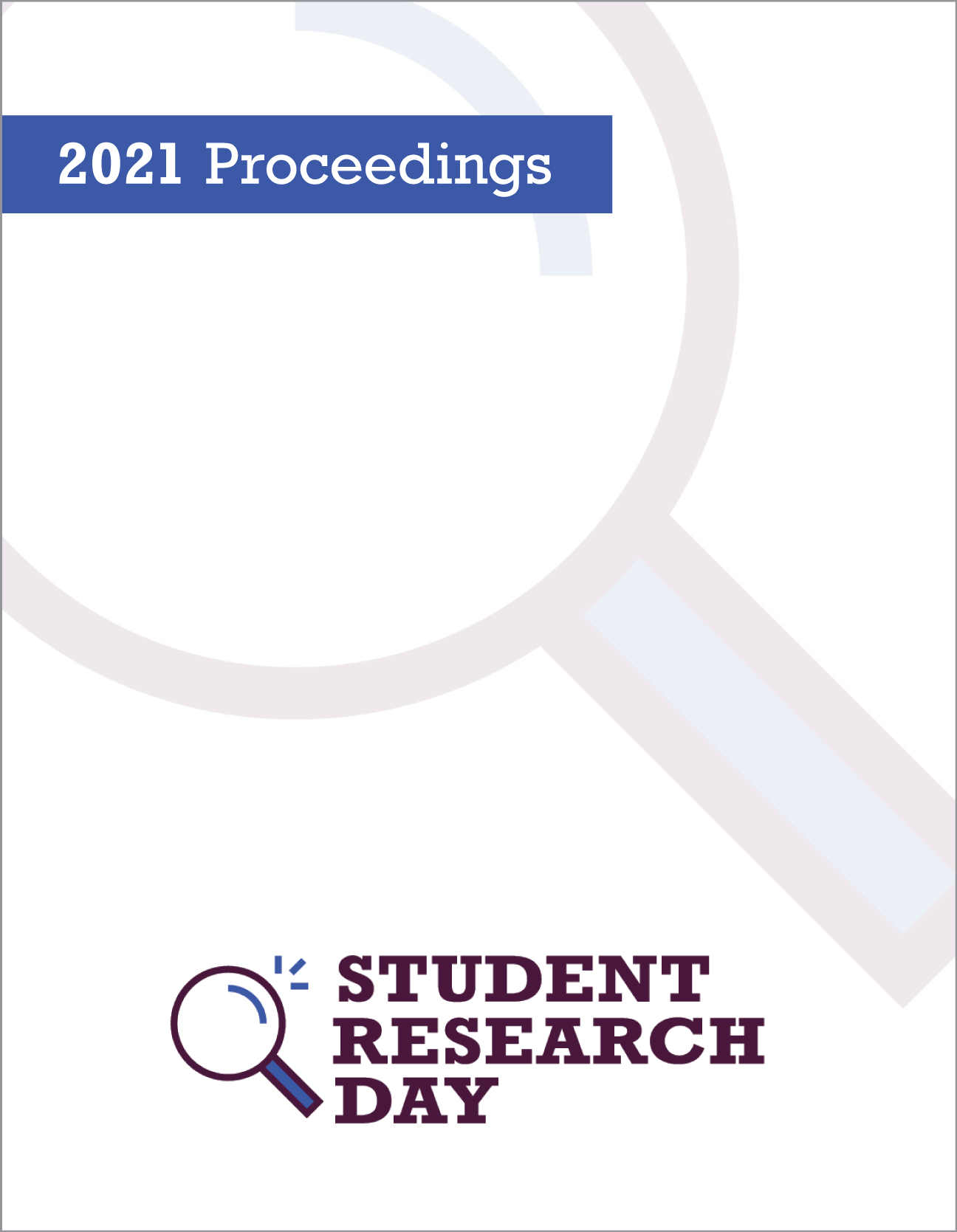The Perception of Gender in Handwritten Words
Abstract
Handwriting is a complex visual pattern that is individualistic to the writer, much in the same way that faces are complex patterns that contain an identity. Due to the ubiquity of handwriting as a communication tool, we wanted to investigate sensitivity to handwriting using perceptual techniques. In this experiment, we investigated whether observers could reliably detect gender differences in handwriting samples and whether any sensitivity to gender was affected by stimulus inversion. We measured sensitivity in four stimulus presentation conditions: (1) uppercase words presented in an upright position, (2) lower case words presented in an upright position, (3) uppercase words presented in an inverted position, and (4) lower case words presented in an inverted position. Our results suggest that: (1) Participants are more confident in rating the gender of the authors for stimuli presented in the upright position than in the inverted position for both uppercase and lowercase handwritten samples. (2) Participants are accurate when rating the gender of the authors regardless of the handwritten samples are in uppercase or lowercase form and are more sensitive to changes in female handwriting samples. (3) Participants are more sensitive to the gender of the authors in the upright lowercase condition compared to the upright uppercase condition. These findings suggest that handwriting perception and identification rely on the global configuration of the stimulus, which suggests that handwriting perception relies on mechanisms that operate similar to those that support face processing.
Department: Psychology
Faculty Mentor: Dr. Nicole Anderson
Published
Issue
Section
License
Authors retain any and all existing copyright to works contributed to these proceedings.



